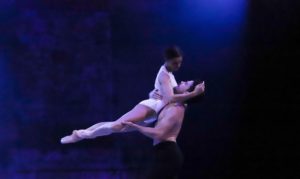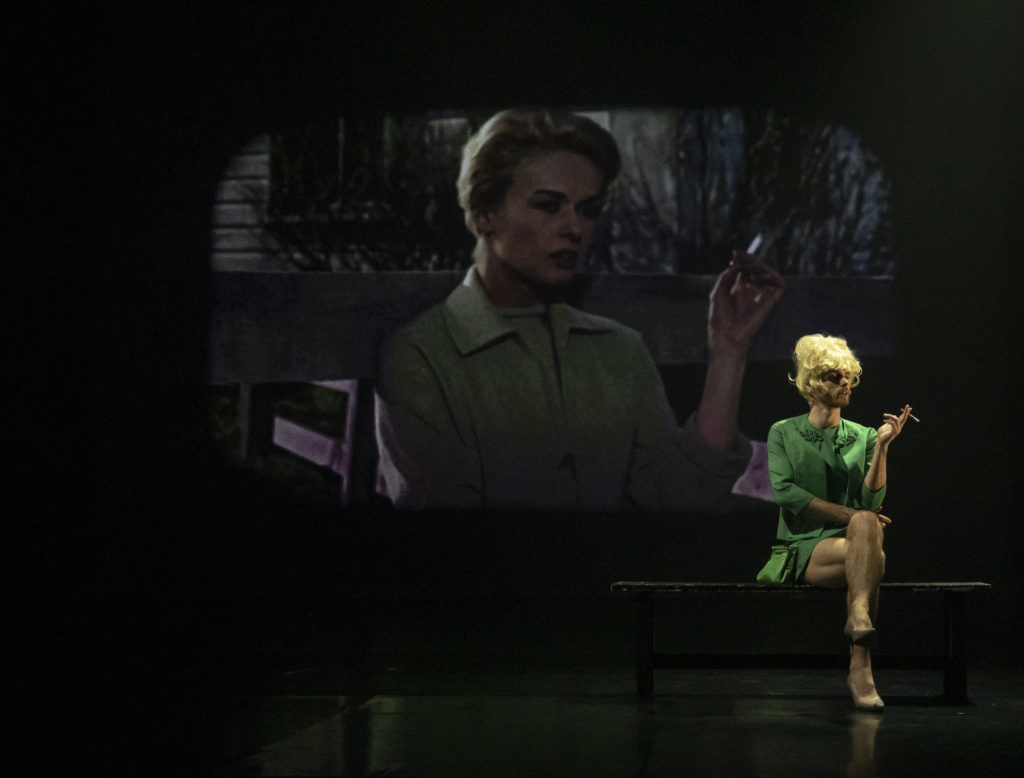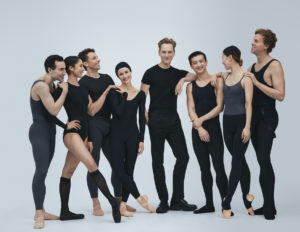Australia: A lucky country - Vancouver Ballet Society
- Home
- City Reports 2020 - 2023
- Australia: A lucky country

By Deborah Jones
In 1964, social critic and academic Donald Horne wrote a book about Australia called The Lucky Country, a term he did not intend as a compliment. It was more dumb luck than anything more elevated that enabled the nation’s success, he argued. The phrase, however, caught on here and is used by most people more benignly: Australia is a place where one is fortunate to live.
The COVID-19 pandemic certainly tested that proposition and, for the moment, it has not been found wanting. Not that there hasn’t also been some dumb luck. As an island continent remote from the great population centres of the planet, Australia’s external borders are relatively non-porous. The population is small — about 25 million — and the nation enjoys a reasonably relaxed political environment. Broadly speaking, the response to COVID-19 was sensible and it worked, as the gradual opening of theatres to the public in the second half of 2020 proved.

It was touch and go, in mid-March, whether the Adelaide Festival would be able to complete its program, but it did, allowing the astonishing revival of DV8 Physical Theatre’s Enter Achilles to be seen. Then, days later, the doors closed. The Australian Ballet was just a few performances into its Melbourne season of Volt, a contemporary mixed bill, while Brisbane’s Australasian Dance Collective (formerly Expressions Dance Theatre) was only days away from opening its first season under new artistic director Amy Hollingsworth.
While some companies remained optimistic they could salvage some of their 2020 programming, Queensland Ballet bit the bullet early and cancelled its entire season, saying it would move everything to 2021 (which it mostly has). It became clear that The Australian Ballet would not return to the stage in 2020, but things were somewhat brighter over at West Australian Ballet.
Most state premiers closed their borders for various lengths of time, but West Australian premier Mark McGowan took the hardest line. On April 5, he pulled the drawbridge up to keep non-West Australians out. While there was some loosening of restrictions later in the year, there was no entry unless one was prepared to isolate for two weeks — not a particularly viable option if you wanted to pop over quickly from the east coast to see the ballet. In September, West Australian Ballet became the first Australian dance company to return to mainstage performing with a season of Krzysztof Pastor’s Dracula. A gala program and The Nutcracker followed as planned, with limits on the number of audience members permitted.
While conditions varied around the country, there were government income-support policies that helped keep dancers’ jobs safe and company initiatives that kept them healthy. There were online classes, of course, and digital projects to allow connection with audiences.
Queensland Ballet devised an online series, 60 Dancers: 60 Stories, for which dancers of the company choreographed and filmed their own works. In August, the company staged a live version of some of the resulting works at the Brisbane Powerhouse. It was a small gesture, with only three performances with 120 people at each, seated cabaret-style at tables. Still, it was live.
By November, green shoots were proliferating. Queensland Ballet showed its ability to adapt to the new normal by giving three performances of Giselle — not originally part of the 2020 season — on an outdoor stage at the Gold Coast, south of Brisbane. Also that month, Sydney Dance Company bounced back with its new choreography program, New Breed, at Sydney’s Carriageworks, in front of a socially distanced audience. The usual opening night party was off the agenda, of course, and there were strict rules about no mingling in the foyer, but New Breed was terrific.

Once governments started relaxing restrictions on audience numbers, Queensland led the pack by announcing its theatres could operate at 100% capacity from late November. In other states it was around the 50% to 75% mark.
Theatre-going was accompanied by now familiar pandemic rituals — electronic check-in for contact-tracing purposes; face masks either mandatory or strongly recommended; hand sanitizer everywhere. Things were really looking up when, in November and December, dance companies released details of full 2021 programs (southern hemisphere seasons align with the calendar year), albeit with online launches rather than in person.
The most hotly anticipated season launch was that of The Australian Ballet, which starts 2021 with new artistic director David Hallberg. Hallberg inherited two full-length works from the scrapped 2020 season, Yuri Possokhov’s Anna Karenina (a co-production with Joffrey Ballet) and Alexei Ratmansky’s Harlequinade (a co-production with American Ballet Theatre). With his appointment announced early in 2020, Hallberg had time to arrange a commission for his first year, a piece from in-demand Pam Tanowitz. It will be made on the company’s men, with their number exactly mirroring the number of women in Balanchine’s Serenade, which will be on the same program. Find details of their programming here.
Queensland Ballet will stage its postponed 60th anniversary gala in March, followed by The Sleeping Beauty in June. In Perth, West Australian Ballet will have a Beauty and Coppélia among its offerings plus a new contemporary bill proposed as an annual event. Sydney Dance Company will premiere a new work by Rafael Bonachela in February called Impermanence, a title that reflects the anguish most artists felt in 2020. As for 2021, it’s starting to look like business as usual. With luck.

